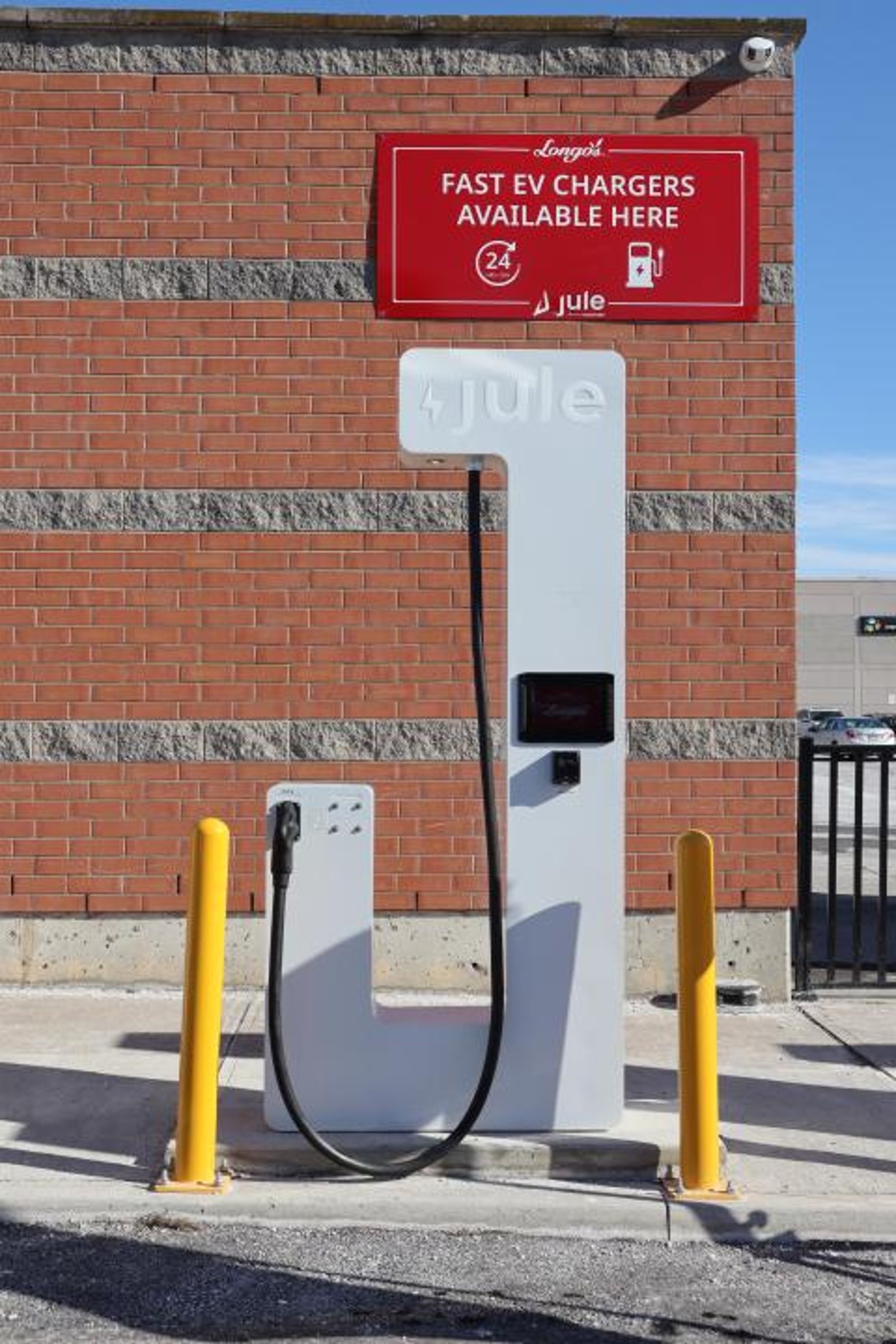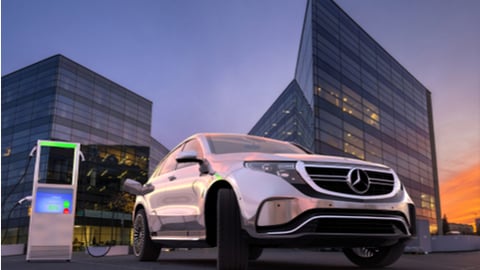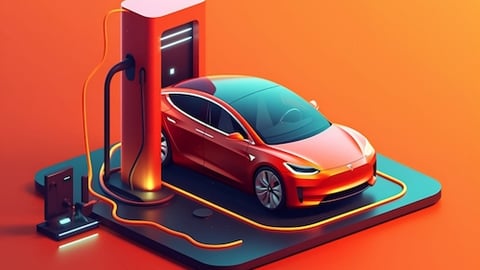Longo’s unveils seven new fast-charging EV stations at Oakville store
Although there are more electric vehicles (EVs) cruising along Canadian roads than ever before, a challenge faced by EV owners is a lack of charging infrastructure.
Deploying enough stations to satisfy current and future EV charging needs is one thing (an issue currently being remedied with more stations being added to the network), but the bigger challenge is whether electrical grids can support the growing demand for high-speed chargers.
In the parking lot of the Longo’s store at 338 Dundas St. E. in Oakville, Ont. this week, a solution to this challenge was unveiled. The grocer debuted seven new fast EV charging stations from Jule, a Toronto-based sustainable energy provider. The grocer and Jule collaborated on the initiative, describing it as a “major leap forward in electrification infrastructure.”
The Jule charging stations are unique from other solutions as they use low levels of power from the grid, which is stored it in a battery hub, positioned near the charging stations, ready for customers to charge up their EVs quickly — in about 20 to 30 minutes (enough time for a grocery shop). And unlike other charging systems, Jule requires no upgrades to local power generation sites, substations or transformers, delivering what they call a sustainable, economical and efficient solution.
“The interesting part about this battery hub is that it’s like a Swiss Army Knife of energy management,” Vince Arone, vice-president sales and marketing at Jule, told attendees at the Longo’s launch. “Its benefits don’t just stop with EV charging; the system we have behind us has enough battery capacity to back up critical refrigeration and freezers in the store for several hours. This means that no additional gas-powered generators are required for short [power] outages. In addition, we can charge the battery hub at off-peak hours and dispense to EVs when needed, again reducing the impact on the grid and charges at low electrical rates.”
The new EV charging project is a partnership between Jule, Natural Resources Canada’s Zero Emission Vehicle Infrastructure Program and Longo’s.
Deb Craven, president of Longo’s, said the grocer is always trying to get ahead of the curve, especially when it comes to sustainability. “Whether it’s putting solar panels on our distribution centre or a number of our stores, or whether it’s having an almost [net] zero footprint store in Stouffville or whether it’s about the refrigerant work that we’re doing in all of our stores,” she said, adding that the partnership with Jule was also about better serving its customers, in this case giving them the convenience of charging their vehicles quickly while they do their grocery shopping. “We’re not just about providing amazing experiences and products inside the store, we’re also about outside the store as well. It’s just nice to have that well-rounded approach to making sure that we’re there for the community when the community needs us.”
More of Jule’s fast charging stations are expected to pop up at Longo’s locations in the “not so distant future,” but details have not yet been revealed.




